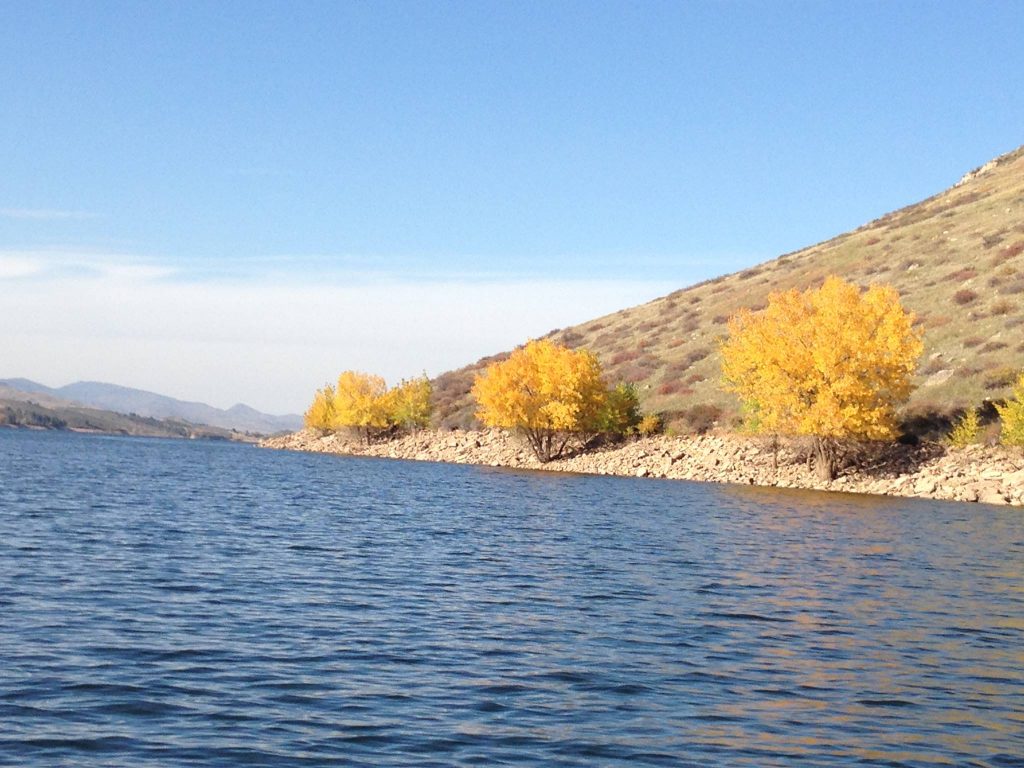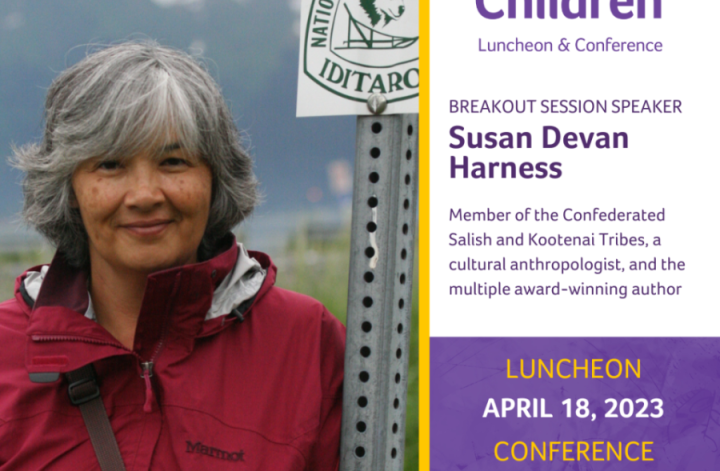
Autumn is my favorite season. The chill in the air has once more arrived, almost without notice, taking me by surprise, as if I thought the dog days of August and early September would go on forever. But I have to admit, the surprise is a pleasant one; I can wear my sweaters, make butternut squash soup, and enjoy cooking and baking in the absence of the motivation-suppressing heat of summer.
And the colors! The leaves that cloak the trees and bushes, both in town and out, are intensely vibrant. Their hues speed my blood and heighten my senses with their golds, yellows, ambers and oranges, darkened burgundies and fiery reds; flares of warmth in an increasingly cool season. It’s not uncommon for a gust of wind to scatter the leaves of the botanical clothing, causing them to dance and jitter wildly along the pavement, giving them a life of their own.
I look to the west, from where the weather comes, and wonder if tomorrow will bring an Indian summer, that fall phenomenon where temperatures soar to August levels. When I was a child, I thought the term Indian summer was a romantic notion. I closed my eyes and saw brown-skinned people enjoying warmth and beauty as they readied for winter. Their bodies, bent at the waist, moved gracefully as they cut and gently tended to the harvest. On tame days, broken only by the brief breeze that carried away their scent, they hunted. Their collection of meats, berries and other foods were laid out or hung to dry in the warm afternoon sun.
It was a nice season, really.
A few years back, a Potawatomi friend of mine overheard me waxing poetic about an Indian summer. “You know,” she chided with a wry grin, “That’s not a compliment. One can think of a warm autumn as being a late summer. But then you add the term ‘Indian’ to that, and well, you know what they say…we Indians are late for everything.”
Her grin disappeared along with my romanticism.
Who knew?
***
As an American Indian transracial adoptee, I had absorbed the ideas and values of the dominant culture. And I did so with unquestioning gusto. In later years, however, I felt like I was somehow the butt of a joke as I was encouraged (and well-awarded for doing so) to absorb those pieces of knowledge, those commemorations and ways of thinking that in reality proved so destructive.
Music was the clue to my unquestioned ingestion of the colonizing culture. Both were songs. One was about Christopher Columbus, which we sang in our third grade music class; the other was a piano lesson, titled “The Campbells Are coming.” The song about Christopher Columbus was in a cloth-bound book whose jacket smelled of musty attics. A simplistic blue-lined drawing of a wooden ship sailed above the score, wind plowing it through waves. The first line of the song was, “In fourteen hundred and ninety two, Columbus sailed the ocean blue.” I liked the way it rhymed, and the words seemed to match the drawing in their simplicity. Now, I reflect how cute it must have looked that the little American Indian girl in class seemed so taken with a song about the person responsible for initial undoing of Native Americana. The piano score is even more disturbingly ironic: “The Campbells are Coming” is actually the song “Garryowen.” The flutes played this Irish tune every time Colonel George Armstrong Custer rode into battle, including the Battle of the Little Bighorn, which was his last. And I wonder, were my adoptive parents ever appalled with my interest in these songs? Or did they try not to make a big deal of it, know my enjoyment was innocent?
I have no idea. However, the self-loathing I experienced upon learning the truth is something that rests quietly in that dark space of my mind.
Thanksgiving is a unique prank in and of itself for us adoptees. Like nearly every other American child in my generation, I connected Thanksgiving to food, friends, family, Pilgrims and Indians. Based on the stories I was taught in grade school, the children’s books that were published, I saw in my mind in imagery of rows of corn grown tall because of the fish heads indigenous peoples buried at their base. I imagined plots of green beans and squash, whose yellow flower heads morphed into thick-skinned bells, the mean inside golden and delicious. I imagined fires and fall colors and dried grass and the graying wood of skeletal trees. I imagined lodges and roasting foods and brown arms waving an invitation to the Pilgrims to eat. We reified those images in art class as we drew pictures of Pilgrims in dark clothing and Indians wearing an upright feather from the back of their headband. We cut finger puppets and dressed them appropriately in fringed brown leather or black starched cotton, and imagined a world that all children want: a world where we sit down together despite our differences.
That myth shattered like glass under the heat of reality. That meal, the one that is talked about, written about, painted and conveyed in so many ways, there is an assumption of balance. However, the assumption is wrong. That meal was not about equality. It was about starvation and provision, honor in gifting, humility in the receipt. But in all the recitations of that meal, there is no mention of the humility, the receipt, nor of the imbalance of power. And that absence holds a clue to its existence. Have you ever heard about a second, third of fourth Thanksgiving? I didn’t think so.
***
I exist as two selves that many times are not integrated. One participates in the dominant culture as a citizen; the other resists the yoke of conformation. Because of the way I look, the second self is not questioned. The first, however, must look awkward from the outside. I am an American Indian woman so fully engaged in the construction of destruction. Not by choice, but by the molding which was so carefully crafted, by the games, songs, plays, and stories I grew up with, was expected to be a part of. This type of ‘play’ is a sly piece of masterful indoctrination, constructed to create, support and maintain the social memory of what it means to be citizens of the United States of America, and more importantly, what it means to be an acceptable image of an American Indian. Now it is my turn to give a wry smile as I think about the enormity of the prank: placing the colonized in the very homes and heart, literally, of the colonizers.
I am not the only Native transracial adoptee to see the brute force used to make us white. When I asked Native adoptees what they learned about American Indians when they were in school, Thanksgiving was a large component of that limited knowledge. One woman said, “The only time I hear about Natives in school was around Thanksgiving and how good we were in welcoming the settlers and things like that.” Another adoptee was more brutally honest, “All Indians were piece of pop culture where I grew up, a piece of artwork on the wall. Nothing about where food came from. Thanksgiving was about white people killing the Pequots, but…Indians were a nice little backdrop.” He illustrated his disdain with a flourish of his hand, his fingers dancing like falling rain.
In November, communities throughout the United States will celebrate Native American Heritage Month. I will be part of the legion of presenters and speakers who will illuminate the citizens of the dominant culture about the history of American Indians, what we experienced, what we lived through, and what these survival tactics have done to us, as individuals, families and communities. We will talk about Columbus. We will talk about the stereotypic images of American Indians in the media, as mascots, as activists, as angry marginalized representations of ‘other.’ We will talk about how we appear in the cinema, the arts and the scientific literature. We will talk about the role of indigenous knowledge, environmental and otherwise, and its effect on a global level. I, personally, will talk about the role of child placement and adoption in the most tragically successful assimilation program to date. And we will work very hard to create a new foundation of understanding, a re-location of our existence in the social space, a redefinition of the social memory, and the lens through which we are seen and commemorated.
That last piece will be the most difficult. Because it is ironic, really, that we are having this national discussion where we ask for –no, demand—your attention for our rights, our history, our dignity in the late season of the year, before the death of autumn, before everything lies buried beneath a layer of white.
Perhaps spring will come. But it is important for you to know the winters continue to kill us.


